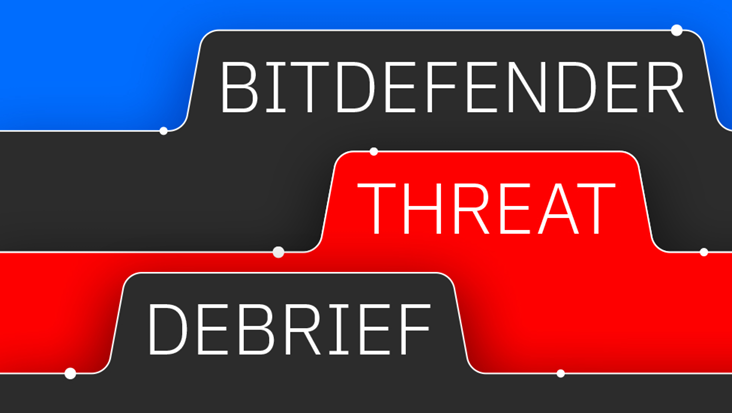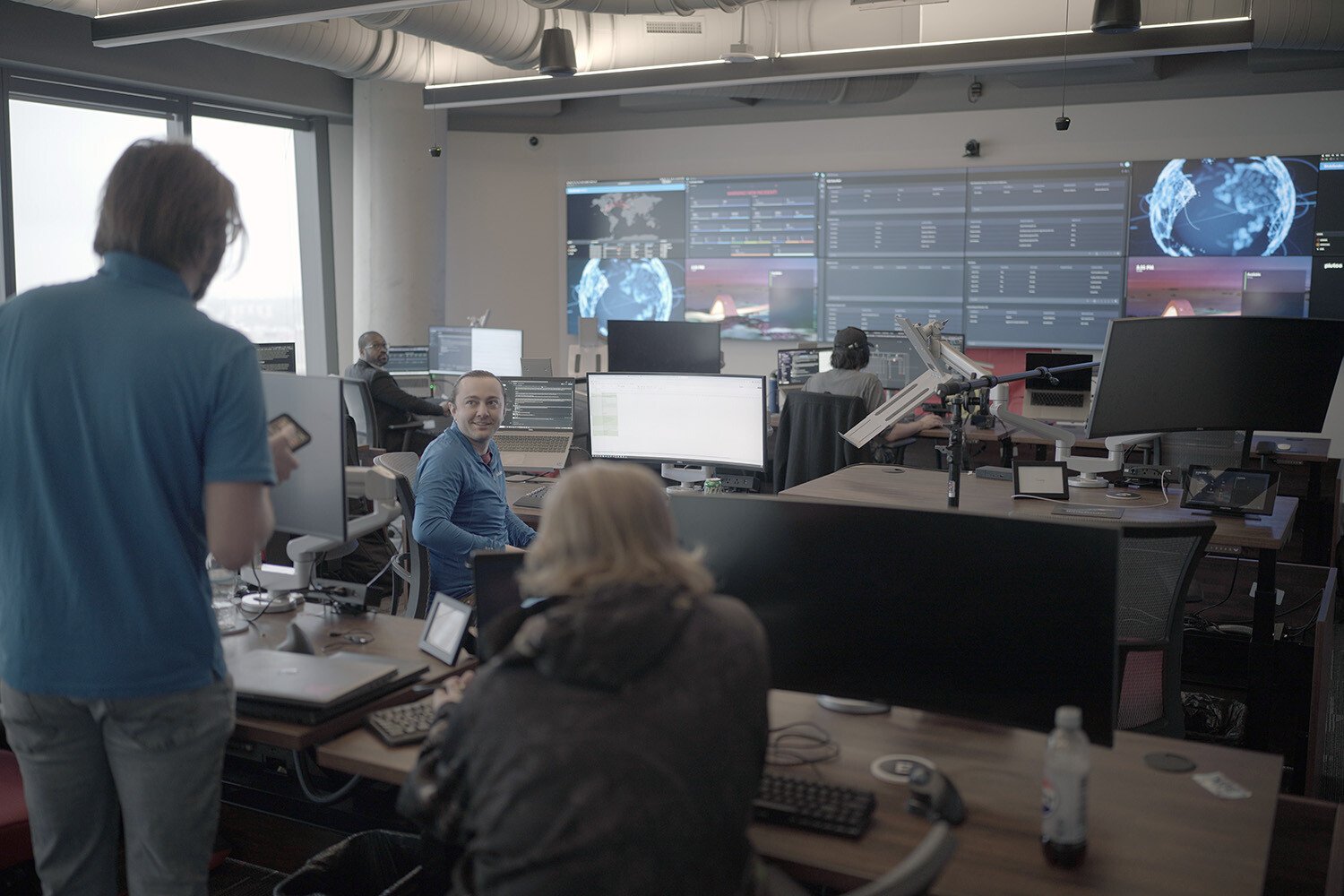Beyond the Entry Point: Why Lateral Movement is Key in Ransomware Tactics

It starts with a single compromise. A cleverly crafted email or an overlooked vulnerability serves as the opening act. But the true danger lies in what follows—the silent spread. Once inside, attackers don’t rush to their targets. Instead, they navigate laterally across the network, probing for weaknesses, escalating access, and positioning themselves to strike at the heart of your organization. This ability to move unnoticed, like water seeping through cracks, is what transforms a minor breach into a catastrophic ransomware event.
Understanding and disrupting this lateral movement is where organizations have the greatest chance to turn the tide against attackers—halting the spread before it escalates into operational paralysis or data exfiltration.
However, stopping the spread across the network is easier said than done. Today’s IT environments are no longer traditional networks; they resemble dynamic, interconnected fabric where distributed entities seamlessly access the tools and data they need. Unfortunately, security blind spots, evolving attack tactics, and unknown vulnerabilities make legacy detect and respond security solutions ill-equipped to identify lateral spread and prevent further damage.
By uncovering how attackers exploit lateral movement to infiltrate networks and amplify damage, organizations can seize the upper hand—stopping the spread before it spirals into a crisis, safeguarding critical data, and equipping security teams with the insights needed to outpace emerging threats.
Understanding and Mitigating Lateral Movement
Lateral movement is a pivotal phase in ransomware attacks, primarily allowing threat actors to gain access to critical data and assets to amplify impact and achieve their objectives. While it can also support tactics like bypassing defenses, evading detection, and escalating privileges, its primary role lies in extending the attack's reach within the network. Detecting and disrupting lateral movement represents the strongest opportunity to stop ransomware before it escalates into a crisis. However, this is easier said than done.
Modern IT environments resemble dynamic, interconnected fabrics. Distributed workforces, cloud infrastructure, and third-party integrations introduce security blind spots. Attackers exploit these complexities to maneuver undetected, posing significant challenges for traditional security tools.
Key Tactics in Ransomware Attacks
Most ransomware attacks begin with phishing emails or credential compromise. Once inside, attackers leverage techniques such as:
- Exploitation of vulnerabilities: Attackers often exploit unpatched systems, APIs, or software connectors to establish a foothold within the network.
- Privilege escalation: After gaining initial access, attackers use specific techniques to elevate their privileges, securing administrative rights that enable them to disable security controls or modify configurations. This step often facilitates subsequent tactics, including lateral movement.
- Lateral movement: Leveraging their elevated privileges, attackers navigate across the network to identify and access critical systems, data, or assets, positioning themselves for maximum impact.
From there, they can encrypt sensitive files, exfiltrate data, or disable backups to maximize the impact of their ransom demands.
Why Detecting Lateral Movement Is Challenging
Lateral movement often blends into the background noise of legitimate network activity. Attackers may impersonate regular users, move at off-hours, or hide their tracks by leveraging encrypted traffic. These stealth tactics make it difficult for legacy detection systems to differentiate between malicious activity and routine workflows.
Research from Forrester highlights that organizations take an average of 266 days to respond to ransomware breaches, exacerbating the risks .
Achieving Visibility to Disrupt Lateral Movement
Detecting and stopping lateral movement requires overcoming one of the greatest challenges in modern cybersecurity: the lack of visibility across complex IT environments. Attackers exploit fragmented security architectures, blending into legitimate traffic and evading detection as they navigate through systems.
Security teams need tools and strategies capable of detecting unusual behaviors, responding to threats in real time, and providing the context necessary to investigate and contain breaches. This is where advancements in integrated threat detection frameworks can help.
Leveraging XDR for Proactive Defense
Extended Detection and Response (XDR) is one such framework designed to unify data from across the IT ecosystem, helping security teams detect patterns indicative of lateral movement and respond efficiently.
1. Detecting Abnormal Activity
XDR platforms consolidate data from endpoints, networks, cloud environments, and applications into a single, centralized view. This allows analysts to identify behaviors that may indicate malicious intent, such as:
- Logins from unexpected locations.
- After-hours file transfers.
- Sudden spikes in network traffic, signaling potential data exfiltration.
Behavioral analytics plays a critical role here.
2. Automating Responses to Buy Time
Once unusual activity is flagged, automation enables swift responses. For example, if a user account begins accessing sensitive files outside normal working hours, automated systems can immediately block access and alert security analysts. This buys critical time to investigate further and prevent the attacker from gaining a foothold.
3. Providing Context for Effective Mitigation
Post-detection, enriched telemetry from XDR platforms equips analysts with detailed insights into how the attack unfolded. This context—historical data, attack chain visualization, and identified vulnerabilities—helps teams implement robust remediation strategies to prevent recurrence.
Best Practices for Mitigating Lateral Movement
Disrupting lateral movement requires a combination of technology, processes, and principles:
- Embrace a multi-layered strategy: Implement prevention and protection measures like risk management solutions, full disk encryption and robust email security, complemented by detection tools such as endpoint protection and threat detection.
- Proactive patching: Regularly update software to close known vulnerabilities.
- Leverage automation: Use tools like XDR to extend threat visibility, reduce response times and minimize the risk of human error.
The Final Line of Defense
While preventing the initial breach is critical, focusing solely on the entry point is not enough. Organizations must prioritize detecting and disrupting lateral movement to mitigate the potential impact of ransomware.
Modern security solutions like XDR provide the visibility, intelligence, and automation needed to address this challenge. By aligning technology with principles like Zero Trust and proactive defense, organizations can reduce their exposure to ransomware and protect their most valuable assets.
Learn more about Bitdefender’s approach to stopping lateral movement with advanced threat detection tools.
tags
Author
Mia is a Senior Product Marketing Manager focused on Bitdefender's endpoint protection. She has been in the cybersecurity industry for several years with experience in product marketing management, customer success management and operations. Mia enjoys working with SMBs and Managed Service Providers (MSPs) in solving their cyber-security challenges and helping them grow.
View all postsRight now Top posts
FOLLOW US ON SOCIAL MEDIA
SUBSCRIBE TO OUR NEWSLETTER
Don’t miss out on exclusive content and exciting announcements!
You might also like
Bookmarks











